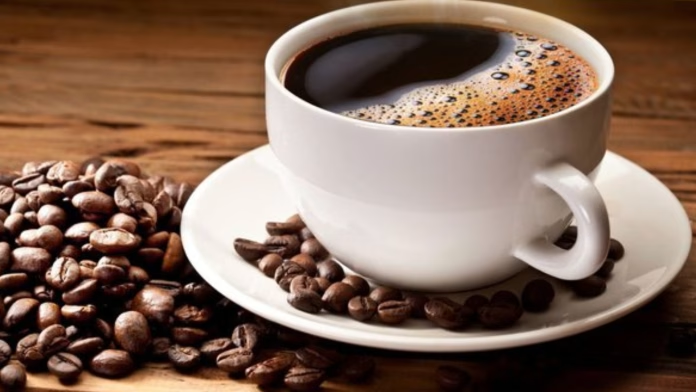“It’s never too late to have coffee! After all, its morning somewhere in the World”
Zooey Deschanel
It is believed that the word coffee is derived from the Arabic word Kahwa, a type of wine, which is in turn derived from a word meaning “to have no appetite”. Now this makes sense when we think about how the day’s first cup of coffee often takes the place of breakfast for most of us. When thought deeper, coffee is related to wine because, again, the coffee beans are fermented before roasting and processing further, so why not! Also called “Kaffa“, it is believed to have originated 1200 years ago in Ethiopia, in the region of Kaffa.
Legend has it that a shepherd guarding his flock saw his sheep get jumpy after eating some red berries. Upon sampling the same, he felt a similar surge of energy. Soon, word got around, and monks started to gather the berries themselves. After many attempts, they ended up with a murky brown beverage, which helped them stay awake for longer hours in order to meditate. Although, it wasn’t until much later, in the 13th century, that Arabs made it more palatable by roasting the beans, grinding them, and steeping the grounds in boiling water, producing the taste that we are so hooked on! This is the story of the brilliant cup of coffee we relish each morning.
Let’s talk about “Espresso: Coffee in the Era of Steam”
During the industrialization era of the nineteenth century, when steam power was popular, people experimented with brewing coffee using hot water vapour. However, steam-brewed coffee tastes terrible because the ideal temperature for making coffee is slightly below boiling point. It took nearly another eighty years for Louis Bernard Rabaut’s invention, which used steam to drive hot water through extremely finely crushed coffee beans—a much more acceptable method—to actually take off, and the Italians—not the French—were responsible for its widespread use. It’s a little amusing that it took so long since espresso implies “quick.” Espresso didn’t become a standard in cafés or otherwise speed up life for everyone until 1901, when Italian inventor Luigi Bezzera created the ideal machine.
Another variant that is very common is Cappuccino.
The Capuchins originally belonged to the Franciscan order of monks in Italy, but they split off in 1520 because they wanted to get back to the fundamentals and resume the life of seclusion and prayer that their founder, St. Francis, had once led.
The heretical monks were pushed into hiding since the religious authorities did not take kindly to this. Yet because the Camaldolese monks had offered them shelter, they started donning the cappucio cloaks with hoods as a sign of respect. Later on, they settled in Naples in 1538. According to history, it was there that the Capuchins perfected their morning coffee preparation technique, which involves heating goat’s milk and pouring the froth over a mug of cold brew pulled from a barrel, with foam serving as a source of insulation.
Cappuccino is Italian for “little Capuchin,” either in reference to the monks’ coffee-brown robes or because the cappuccino’s white foamy top and brown ring mimic the traditional tonsure worn by monks, which is characterised by a shaved top and a ring of hair around the edge.
Let’s summarize a few types of coffee:
- Espresso: Pure shot of coffee
- Americano: Espresso + Warm water in equal quantities
- Cappuccino: Espresso + Steamed milk + Milk froth in equal quantities Café Latte: Espresso + Steamed milk in 1:3-5 ratio
- Café au Lait: Espresso + Steamed milk in 1:1 ratio
- Café Macchiato: Espresso + Milk froth in 1:1 ratio
- Café Mocha: Espresso + Chocolate syrup + Milk froth in 1:1:2-3 ratio
- Espresso con Panna: Espresso topped with a small amount of whipped cream
- Lungo: 2-3 shots of Espresso with more water to pass through the coffee grounds
The best temperature to brew coffee is around 90-96°C and the best temperature to serve coffee is around 82-85°C. This will help to get an even spectrum of flavours, depending on the roast type and the level of grind. Altogether, this becomes a different topic of discussion.





